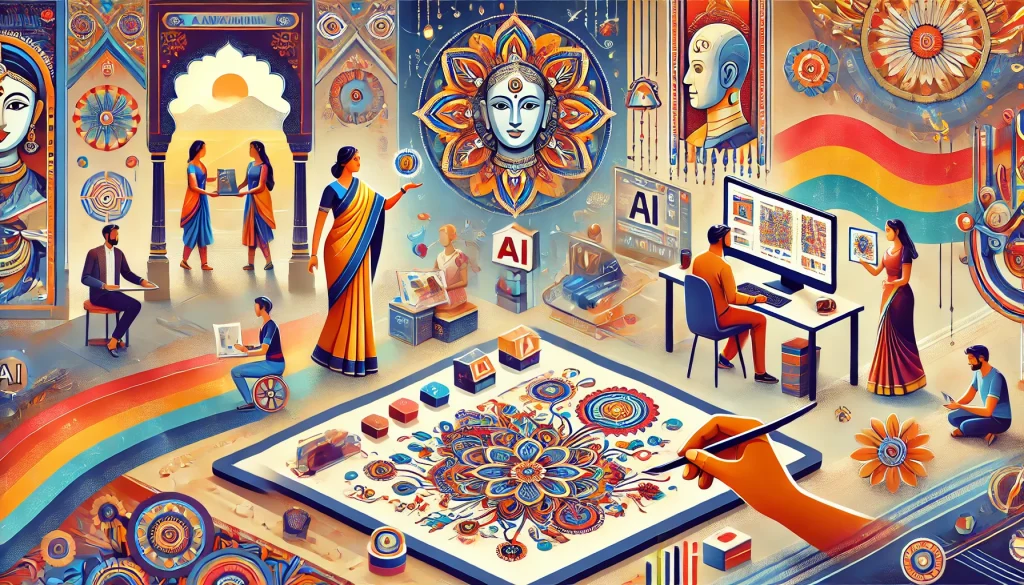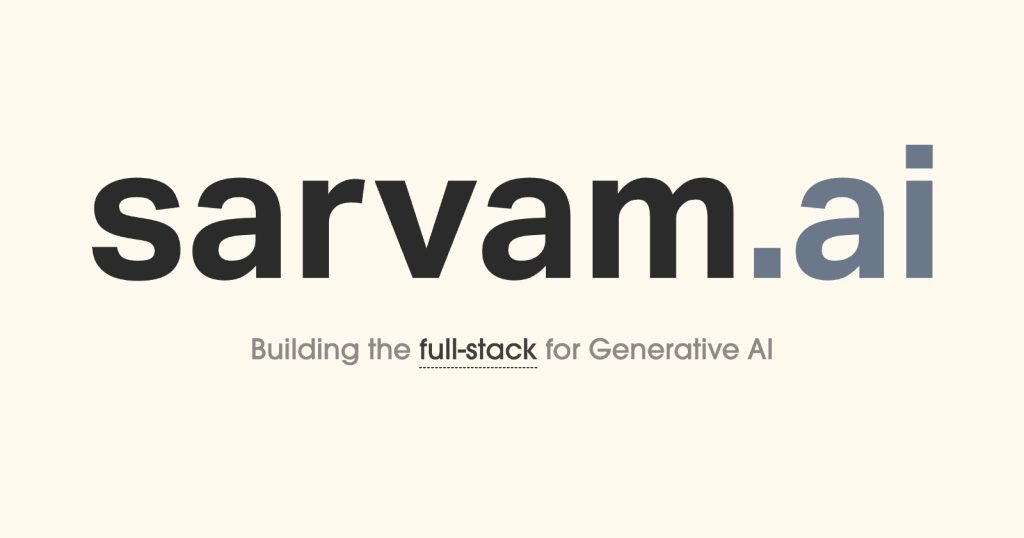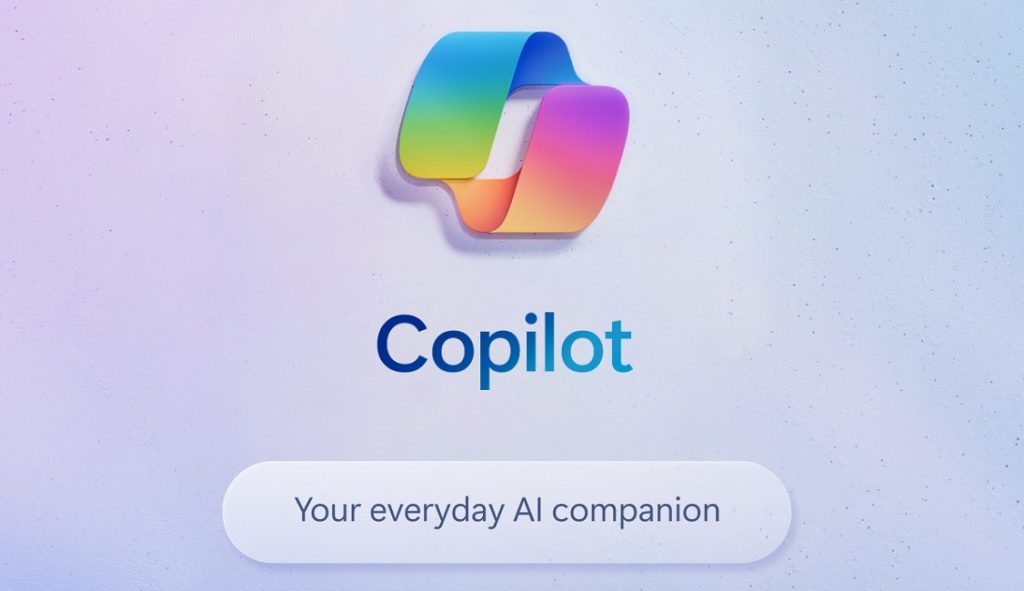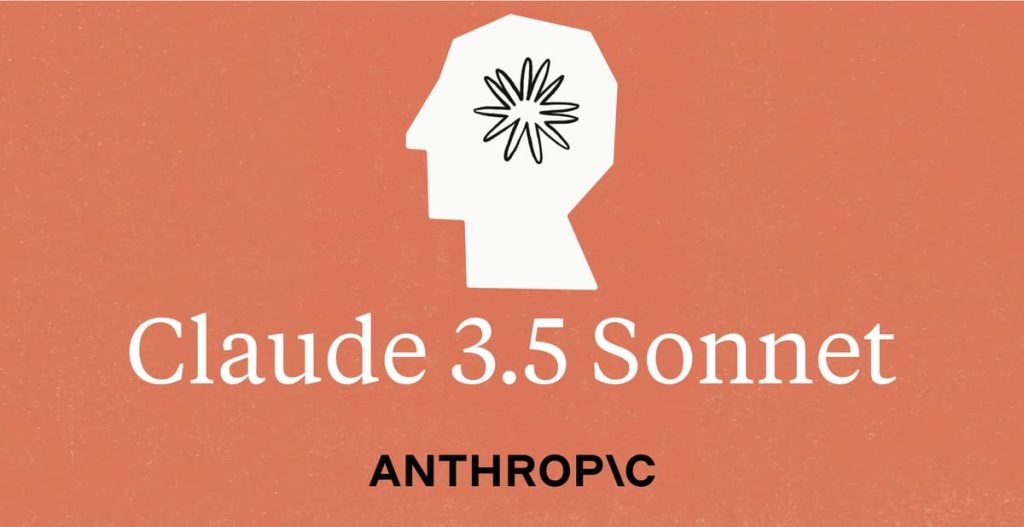 Welcome to this week’s edition of “World of Technology,” where we dive into the very edge of tomorrow’s most exciting innovations. What happens when AI moves beyond text and starts using your computer for you? How far can we push the limits of AI-driven video content creation, and what new creative possibilities emerge when we integrate interactive character performances into generative models? This week, we’re exploring the latest breakthroughs from industry leaders like Anthropic, Runway, Genmo, and Microsoft as they reshape the landscape of AI—from productivity-enhancing autonomous agents to powerful tools for filmmakers and beyond. Dive in and discover how these technologies are not just advancing the state of the art but transforming how we work, create, and imagine the future.
Welcome to this week’s edition of “World of Technology,” where we dive into the very edge of tomorrow’s most exciting innovations. What happens when AI moves beyond text and starts using your computer for you? How far can we push the limits of AI-driven video content creation, and what new creative possibilities emerge when we integrate interactive character performances into generative models? This week, we’re exploring the latest breakthroughs from industry leaders like Anthropic, Runway, Genmo, and Microsoft as they reshape the landscape of AI—from productivity-enhancing autonomous agents to powerful tools for filmmakers and beyond. Dive in and discover how these technologies are not just advancing the state of the art but transforming how we work, create, and imagine the future.
This article is brought to you in partnership with Truetalks Community by Truecaller, a dynamic, interactive network that enhances communication safety and efficiency. https://community.truecaller.com
 Perplexity AI: Fast Iteration and New Products
Perplexity AI: Fast Iteration and New Products
Perplexity AI, a key player in the language model space, is undergoing significant changes as it continues to innovate and expand its offerings. Unlike other major players such as OpenAI’s ChatGPT, Perplexity has positioned itself as a search-centric, interactive tool focused on generating precise answers with contextual depth, rather than solely providing conversational experiences. Leveraging its deep integration with web search and a refined approach to context-specific inquiries, Perplexity has carved out a unique niche that emphasizes fast, reliable information retrieval paired with robust reasoning capabilities. While other LLMs, like ChatGPT, have excelled in providing a broad conversational experience, Perplexity stands out by blending search efficiency with AI-generated knowledge, making it a go-to for users looking for accurate, query-based responses.
In a recent update, Perplexity has launched a new macOS app and revamped its visual identity with a redesigned icon that aims to make its branding more vibrant and appealing. The new app, available now on the Mac App Store, offers native support for macOS, bringing a sleek, integrated experience to desktop users. The macOS app features system-level integration, including support for native notifications and compatibility with Apple’s unique features like Spotlight Search, making it even more convenient for users to access AI-powered insights on their desktops. To start using the Perplexity macOS app, users can simply download it from the Mac App Store, sign in with their account, and begin asking questions or exploring various use cases in an environment that feels naturally integrated with macOS. This release is part of Perplexity’s broader strategy to make AI capabilities more accessible across different platforms, enabling users to seamlessly switch from mobile to desktop while maintaining an intuitive user experience.
In addition to the macOS app, Perplexity has introduced several other noteworthy updates. Among these is the addition of a “Reasoning Mode” within the Pro Search feature, which allows users to dive deeper into complex queries by enabling a more thorough and contextual reasoning process. This mode helps users understand nuanced information, making it especially useful for research and decision-making tasks. Moreover, the new “Spaces” feature has seen significant usage recently, as it allows groups to collaboratively explore topics, share insights, and build collective knowledge. Perplexity has also expanded its product offering by introducing a dedicated “Finance” section, catering to users who need AI-driven financial insights and analysis. These recent additions underscore Perplexity’s commitment to making its tools more versatile and user-focused. Notably, the company has also been pioneering the use of AI-driven podcasts, providing yet another channel through which users can engage with its technology. As Perplexity continues to evolve, its focus remains on creating accessible, practical AI applications that simplify complex information retrieval and collaboration tasks.
 Sarvam 1: India’s First Language Model
Sarvam 1: India’s First Language Model
Sarvam 1 is making history as India’s first large language model (LLM), a significant milestone for the country in the rapidly evolving AI space. Backed by prominent figures like Nandan Nilekani, Sarvam has been built with a vision to cater to India’s diverse linguistic needs, addressing gaps that global LLMs often overlook. The latest release of Sarvam 1 features a 2-billion parameter model, specifically optimized for Indian languages, with support for 10 major Indian languages along with English. The model has been trained on 2 trillion tokens, focusing on token efficiency, with fertility rates ranging from 1.4 to 2.1 tokens per word across supported languages. This smaller model size enables efficient deployment with faster inference compared to larger models, while still achieving competitive performance on language-specific tasks.
Technically, Sarvam 1 utilizes transformer-based architecture optimized for Indian languages, leveraging the 2-billion parameters to handle complex linguistic queries effectively. The training process involved massive datasets sourced from diverse linguistic and cultural backgrounds across India, ensuring it understands nuances in regional dialects, colloquial expressions, and cultural references. The data quality used for training was ensured through a rigorous curation process, focusing on linguistic richness and cultural context. Emphasizing token efficiency, the model minimizes computational costs while maximizing output quality, making it well-suited for use in a variety of real-world scenarios. Sarvam’s architecture allows it to deliver contextually accurate responses in languages like Hindi, Tamil, Bengali, and others, addressing the unique needs of multilingual users in India.
The launch of Sarvam 1 represents a significant step forward for India in the AI landscape, highlighting the country’s capacity to develop sophisticated technologies that serve local needs. As India seeks to catch up with other tech-leading nations, Sarvam’s development underscores the potential for homegrown LLMs to revolutionize education, customer service, and government services by providing AI support in local languages. Models like Sarvam could democratize access to information, enable more inclusive digital participation, and even drive new innovations in areas like healthcare and finance where language accessibility remains a barrier. By creating technology tailored for India, Sarvam 1 not only demonstrates the country’s growing technical expertise but also paves the way for a future where AI is seamlessly integrated into everyday life across linguistic and cultural boundaries.
 Robotera Star 1: The Fastest Bipedal Machine
Robotera Star 1: The Fastest Bipedal Machine
Chinese scientists have recently made headlines by unveiling what is claimed to be the fastest bipedal humanoid robot in the world. The robot “Star 1”, developed by a team from Robot Era, was put through a series of benchmark tests, including a remarkable demonstration where it ran across the Gobi Desert. This achievement is the result of years of research and development, backed by a combination of advanced robotic hardware and AI software. Robot Era aims to push the boundaries of humanoid robotics by focusing on endurance and speed, and this latest development highlights their commitment to creating high-performance robots capable of navigating diverse environments.
The bipedal robot was benchmarked against industry standards for running speed, achieving a top speed significantly higher than the average of 8 to 10 km/h typically seen in similar robots. This particular robot reached speeds of up to 12 km/h, a notable accomplishment that sets a new benchmark for bipedal robotics. Key technical details include the use of lightweight carbon-fiber body parts, advanced servo motors for joint control, and an AI-powered balance system that allows the robot to maintain stability even on uneven terrain. The inclusion of specialized running shoes, designed specifically to improve traction and speed, played a crucial role in achieving this performance milestone. The robot’s balance and agility are further enhanced by a sensor array that includes gyroscopes and accelerometers, all feeding into a central AI system that processes environmental data in real time.
While the running achievement is impressive, it raises questions about the real-world applicability of such robots. Currently, these bipedal robots serve as technological showcases, demonstrating the potential capabilities of humanoid robotics. However, their feasibility in everyday applications is still under debate. Practical uses for these robots could include search and rescue missions in challenging terrains, as well as applications in logistics and industrial settings where human-like mobility is required. Despite the impressive benchmarks, the cost and complexity of manufacturing such robots remain significant hurdles. Nevertheless, advancements like these are crucial in pushing the field forward, potentially paving the way for future robots that are both practical and cost-effective for broader use cases.
 Microsoft CoPilot: Scaling Teams with Autonomous Agents
Microsoft CoPilot: Scaling Teams with Autonomous Agents
Microsoft recently unveiled major updates to its CoPilot offering, introducing new autonomous agents designed to significantly enhance productivity for teams. These agents work by continuously monitoring user activities and leveraging contextual cues to determine the best actions to take, thereby minimizing the need for human intervention. They can autonomously execute routine tasks, initiate workflows, and even adapt their actions based on real-time data inputs. These updates allow CoPilot to handle a broader array of tasks autonomously, scaling from simple process automation to more complex decision-making scenarios. The agents leverage AI-driven decision trees and reinforcement learning, enabling them to independently analyze data, identify action points, and execute tasks across Microsoft 365 applications. Enhanced integration with Microsoft Graph further improves context-awareness, allowing these agents to provide more tailored, proactive insights to users. These latest features are aimed at extending the capabilities of CoPilot beyond just assistance to full-scale team augmentation.
This expansion of CoPilot fits into Microsoft’s broader strategy of embedding AI deeply into the productivity suite to create an adaptive, smart workspace. Recent upgrades across Microsoft 365—such as improved natural language understanding, the integration of DALL-E 3 for image generation, and the deployment of advanced analytics—showcase Microsoft’s commitment to leveraging AI for greater efficiency and creativity. For example, the autonomous agents can now independently draft and send follow-up emails after meetings, schedule tasks and reminders based on project timelines, and generate dynamic reports in Excel by analyzing live data. In Teams, these agents can automatically create summaries of ongoing discussions and suggest action points for participants, streamlining communication and ensuring that nothing falls through the cracks. The new updates with autonomous agents are yet another step towards Microsoft’s vision of creating an AI-powered co-worker that enhances both individual and team productivity.
Looking ahead, questions arise about the long-term role of CoPilot within Microsoft’s product ecosystem. Will CoPilot evolve into a central AI management hub across all Microsoft services, or will it remain primarily a productivity aid? Additionally, Microsoft’s partnership with OpenAI adds another layer of interest. How will the collaboration with OpenAI shape the next iterations of CoPilot, especially with shared advancements in large language models and generative AI? These are the questions that industry watchers are keen to see answered as Microsoft continues to push the boundaries of AI in enterprise solutions.
 Genmo AI’s Mochi 1: Open Source Video Generation Revolution
Genmo AI’s Mochi 1: Open Source Video Generation Revolution
Genmo AI has launched Mochi 1, an open-source video generation model designed to rival existing players like Runway and KlingAI in the burgeoning field of video AI. Mochi 1 is built to generate videos directly from textual prompts, with capabilities extending beyond mere visual synthesis to include dynamic transitions and real-time scene generation. Compared to its industry peers, Mochi 1 emphasizes efficiency and accessibility by focusing on transformer-based architectures optimized for video content generation. The release is positioned as a potential disruptor, expanding the landscape of video AI by offering capabilities previously limited to commercial offerings from major incumbents like Runway, which have dominated the text-to-video space with proprietary models.
A defining feature of Mochi 1 is its open-source approach, which allows developers and creators worldwide to explore, modify, and enhance the model. Mochi 1’s open-source codebase is available on platforms like GitHub, enabling contributions from a global community that can iterate on the model’s features and improve its capabilities. This open access allows for increased experimentation and customizability, making it more accessible for smaller developers and independent studios that might otherwise lack the resources to use high-cost commercial solutions. Additionally, Mochi 1 supports easy integration with existing video editing pipelines, providing a flexible framework for creative professionals to leverage generative AI in their workflows.
The potential of open-source video generation models like Mochi 1 is immense, but so are the challenges they present. On one hand, open access democratizes creative capabilities, making high-quality video production possible even without a full crew, which could enable entirely new forms of digital storytelling—perhaps even a new ‘Hollywood’ built on AI-generated content. On the other hand, the quality of the datasets used for training and the potential for misuse remain significant concerns. Without careful curation, these models could propagate biases or generate low-quality outputs. The balance between creative freedom and ethical responsibility will be crucial as tools like Mochi 1 continue to evolve. Could we see a future where writing scripts alone leads to fully realized audiovisual productions? Mochi 1 opens the door to that possibility, but the journey is just beginning.
 Ideogram AI’s Canvas: Expanding Creative Capabilities
Ideogram AI’s Canvas: Expanding Creative Capabilities
Ideogram AI has made a name for itself as a versatile tool for generating and manipulating text and visual content. Favored by designers, marketers, and artists, Ideogram has carved out a niche in the creative AI space by providing powerful generative capabilities that assist in creating visually engaging marketing campaigns, artwork, and social media content. Its use cases range from crafting compelling visual advertisements to generating unique graphic elements for branding purposes, all with minimal user input required.
The latest feature, Canvas, introduces a new dimension to Ideogram’s offerings by allowing users to create and modify content in a more interactive and spatially-aware workspace. Canvas provides a flexible digital area where users can visually arrange text, images, and other elements, making it ideal for brainstorming and conceptualizing creative projects. Technically, Canvas utilizes Ideogram’s AI-driven content generation capabilities, paired with a spatial layout engine that allows for real-time manipulation of elements. This enables users to experiment with different designs and formats seamlessly, effectively combining the capabilities of AI generation with intuitive visual layout tools.
Positioning Ideogram’s Canvas within the broader AI landscape reveals an exciting new category of hybrid tools that blend content generation with interactive design. Unlike traditional generative AI models that output static results, Canvas emphasizes a dynamic, user-driven workflow. In comparison to other products like Adobe’s Creative Cloud generative features or Canva’s AI-powered design tools, Canvas offers a more hands-on approach, focusing on user interactivity and customization. This represents a step forward in making generative AI not only a tool for automated creation but also an integral part of the design process, empowering users to refine and shape outputs in real time.
 Anthropic’s Claude Sonnet 3.5: A New Era of AI Assistance
Anthropic’s Claude Sonnet 3.5: A New Era of AI Assistance
Anthropic has released the latest version of its large language model, Claude Sonnet 3.5, introducing several noteworthy technical enhancements. Claude Sonnet 3.5 features a more sophisticated transformer architecture, optimized for faster inference and improved natural language understanding. The model has been fine-tuned on an expanded dataset, which enhances its ability to provide more contextually accurate responses. Additionally, Claude Sonnet 3.5 integrates enhanced multi-turn dialogue capabilities, enabling it to maintain more coherent conversations over extended interactions. Its upgraded efficiency and context management also allow it to respond accurately to nuanced prompts, pushing the boundaries of conversational AI.
A standout feature in this release is the revolutionary “Computer Use” capability. This feature allows Claude Sonnet 3.5 to interact with computer systems, executing specific commands on behalf of the user. From managing files, opening applications, to automating common desktop tasks, the “Computer Use” function effectively turns Claude into a more versatile AI assistant. It leverages a secure interaction protocol, ensuring that the actions taken by the AI are safe and authorized by the user, providing not only utility but also peace of mind regarding data security. This feature aims to bridge the gap between conversational AI and practical computer automation, marking a significant advancement in AI utility.
The release of Claude Sonnet 3.5 has garnered attention from several prominent tech leaders. CEOs of major technology companies have expressed excitement about the potential of the “Computer Use” feature. For instance, OpenAI’s CEO, Sam Altman, described it as a promising step in bridging the gap between conversational capabilities and actionable assistance, as mentioned in a recent interview with VentureBeat. Google CEO Sundar Pichai also highlighted its transformative potential in an article on TechCrunch, noting that features like ‘Computer Use’ could significantly streamline productivity by automating routine interactions between users and their devices. Such endorsements reflect the growing recognition of AI’s role in reshaping the way users interact with their devices and underscore the broader industry trend of integrating AI more deeply into daily workflows.
 Runway’s Act One: A New Chapter in Video Generation
Runway’s Act One: A New Chapter in Video Generation
Runway has introduced ‘Act One’, a groundbreaking AI tool designed to take video generation to new heights, particularly focusing on character performances. Unlike Runway’s previous generative AI products, which primarily emphasized video effects and style transfer, Act One enables users to generate entire video scenes complete with character actions and nuanced performances. By leveraging natural language prompts, Act One lets users direct both the visual aspects and the performances of characters within a scene. This makes it distinct from other Runway offerings, which are typically more focused on altering pre-existing footage rather than generating entire scenes from scratch. For instance, a filmmaker could describe an interaction between two characters, specifying their movements, expressions, and dialogue, and Act One would generate the scene, capturing the essence of the performance. This allows creators to move quickly from concept to a visual prototype, offering a new, seamless way to bring ideas to life.
On the technical side, Act One utilizes a combination of generative adversarial networks (GANs) and transformer-based models to produce realistic, contextually coherent video scenes from text prompts. The system integrates multiple layers of processing, including scene composition, object recognition, motion dynamics, and character performance, ensuring that each video sequence flows naturally and that character actions are expressive and believable. For example, a user can provide a prompt like “a child running through a field of flowers, smiling and waving,” and Act One will create the visuals by processing object elements such as the child, flowers, and running movement, all while capturing the emotional nuances of the character’s smile and wave. The model also features an enhanced temporal coherence component, which ensures smooth transitions between frames—a critical challenge in video generation. Enthusiasts will appreciate the use of style transfer techniques that allow Act One to generate videos in various artistic styles, such as anime or impressionistic visuals, offering creators significant flexibility in their storytelling. The use of GPU acceleration allows real-time rendering, enabling creators to quickly iterate on scenes and refine their projects with minimal delay.
The potential of Act One is vast, particularly for democratizing video content creation. By lowering the barriers for high-quality video production, Act One could enable independent creators, small studios, and even educators to tell complex stories visually, without the need for large crews or expensive equipment. This could also have implications for marketing, virtual reality experiences, and even film production, where the ability to quickly prototype scenes could save significant time and cost. However, questions remain about the creative limitations inherent in relying on AI for storyboarding and directing—will AI-generated narratives ever truly rival those created by human storytellers? Act One pushes the industry closer to answering that question, providing a powerful tool while challenging us to explore the boundaries of machine-driven creativity.
As we wrap up this week’s deep dive into the cutting edge of AI, it’s clear that the industry is experiencing rapid and transformative change. From Microsoft’s autonomous agents to Anthropic’s innovative computer control, Runway’s next-level video generation, and Genmo’s open-source contributions, the advancements we explored today highlight just how dynamic the AI landscape has become. And these are just the headline-grabbing updates—every day, smaller breakthroughs and incremental improvements are buzzing throughout the industry. Stay tuned, because next week we’ll bring you even more exciting developments as the world of technology continues to evolve at lightning speed.
